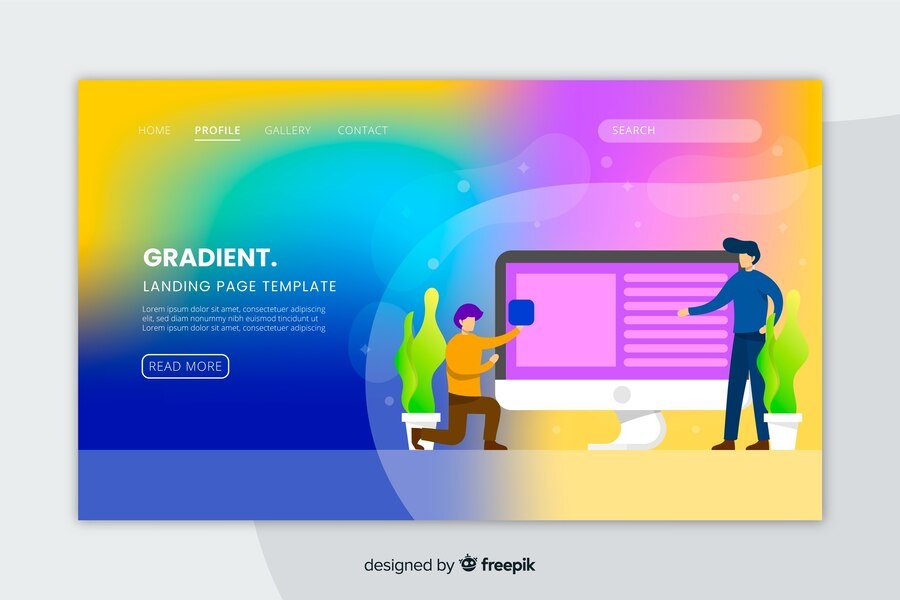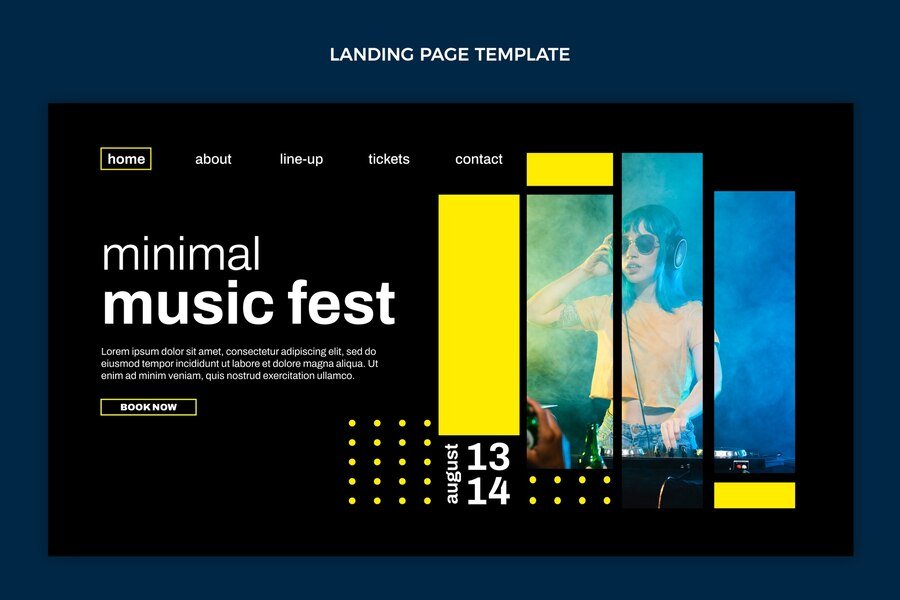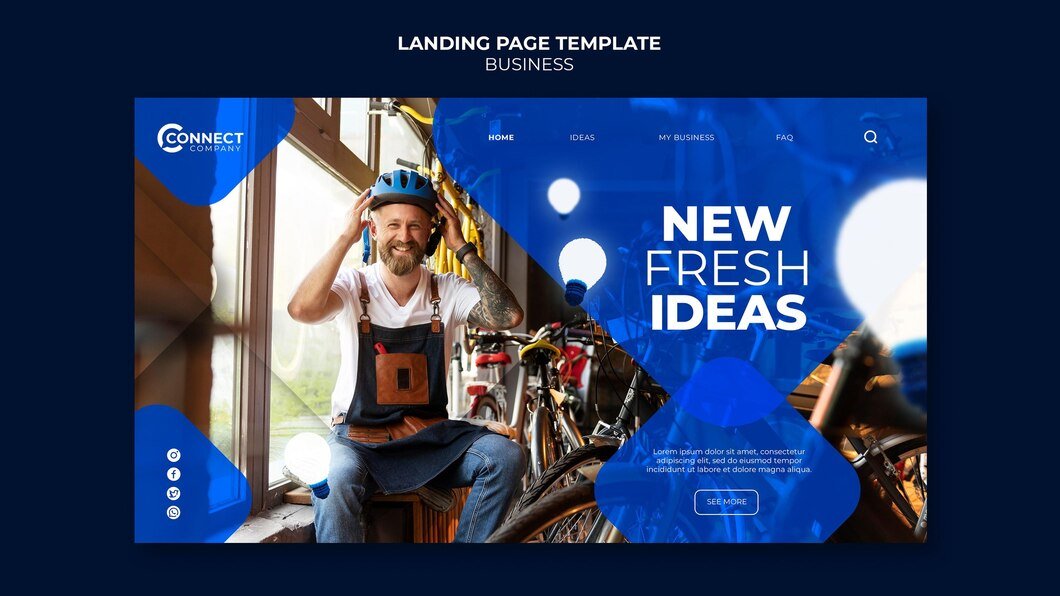Whiteboard animations have become a popular medium for conveying complex ideas in an engaging and easily digestible format. They are used in various fields, from educational content and marketing to corporate training and social media. However, creating professional-quality whiteboard animations can seem expensive. Fortunately, with the right tips and tricks, you can produce high-quality animations without breaking the bank. This article explores how to create whiteboard animations on a budget, ensuring you achieve professional results without the hefty price tag.
Understanding Whiteboard Animations
Whiteboard animations involve drawing on a whiteboard and recording the process to tell a story or explain a concept. The hand-drawn visuals are accompanied by a voiceover narration, making the content engaging and easy to understand. This style of animation is particularly effective because it taps into our innate preference for storytelling and visual learning.
Essential Tools for Budget-Friendly Whiteboard Animations
Creating whiteboard animations doesn’t require a massive investment in high-end software and equipment. Here are some essential tools that are both cost-effective and capable of delivering professional results:
- Animation Software
- Doodly: A user-friendly software that allows you to create whiteboard animations with drag-and-drop simplicity. It offers a wide range of pre-made images and the ability to upload your own.
- VideoScribe: Another popular tool for creating whiteboard animations. It provides a rich library of images and music, along with easy-to-use features for creating engaging animations.
- Explaindio: A versatile tool that combines whiteboard animation with other animation styles, providing more creative options.
- Drawing Tablet
- Wacom Intuos: An affordable and reliable drawing tablet that works well with animation software.
- XP-Pen Deco: Another budget-friendly drawing tablet that offers a great drawing experience for creating animations.
- Microphone
- Blue Snowball: An excellent entry-level USB microphone that provides clear audio quality for voiceovers.
- Fifine USB Microphone: A budget-friendly option with good sound quality for recording narrations.
- Video Editing Software
- HitFilm Express: A free video editing software that offers advanced features for refining your animations.
- DaVinci Resolve: Another powerful free video editing tool that provides professional-grade editing capabilities.
Tips for Creating Professional Whiteboard Animations on a Budget
1. Plan Your Script and Storyboard
Before diving into animation, it’s crucial to plan your script and storyboard. This step helps you visualize the flow of your animation and ensures your message is clear and concise. A well-structured script and storyboard will save time and effort during the animation process, making it easier to stay within budget.
2. Use Pre-Made Assets
Many animation software tools come with libraries of pre-made assets, such as characters, props, and backgrounds. Utilizing these assets can significantly reduce the time and effort required to create animations from scratch. If the provided assets don’t meet your needs, consider using affordable stock image websites like Freepik or Pixabay.
3. Keep It Simple
Whiteboard animations are most effective when they are simple and focused. Avoid cluttering your animation with too many details. Instead, concentrate on key points and use clear visuals to illustrate your message. Simplicity not only makes your animation more engaging but also reduces production costs.
4. DIY Voiceovers
Hiring professional voiceover artists can be expensive. Consider recording your own voiceovers using a quality microphone. Practice reading your script to ensure clear and natural delivery. Free software like Audacity can help you edit and enhance your recordings, ensuring professional-sounding audio without the high cost.
5. Leverage Free Resources
There are numerous free resources available online that can enhance your whiteboard animations without costing a dime. Websites like Free Music Archive and Incompetech offer royalty-free music that you can use as background tracks. Additionally, platforms like Google Fonts provide a wide range of free fonts to add style to your animations.
6. Optimize for Multiple Platforms
When creating whiteboard animations, consider where they will be published. Different platforms have varying requirements for video dimensions and file sizes. Optimize your animations for multiple platforms to ensure they look great whether viewed on a website, social media, or mobile devices. This approach maximizes the reach of your content without incurring additional costs.
7. Continuous Learning and Improvement
The world of animation is constantly evolving, and staying up-to-date with the latest trends and techniques can help you create better animations on a budget. There are many free tutorials and online courses available that can enhance your skills. Websites like YouTube, Coursera, and Udemy offer valuable insights and tips for creating professional whiteboard animations.
Step-by-Step Guide to Creating a Whiteboard Animation
Step 1: Write a Compelling Script
Your script is the foundation of your animation. Start with a clear outline of your message, and structure your script to maintain audience engagement. Aim for a conversational tone to make your content more relatable. Keep sentences short and straightforward, and include a strong call-to-action at the end.
Step 2: Create a Storyboard
Transform your script into a visual plan with a storyboard. This step involves sketching out each scene, indicating the visuals and text that will accompany the narration. Storyboarding helps you visualize the flow of your animation and ensures all key points are covered.
Step 3: Record the Voiceover
Using your script, record the voiceover narration. Ensure you are in a quiet environment to avoid background noise. Speak clearly and at a moderate pace. Use free editing software like Audacity to enhance the audio quality and remove any mistakes or pauses.
Step 4: Animate with Your Chosen Software
Using animation software like Doodly or VideoScribe, begin creating your whiteboard animation. Import your storyboard sketches and voiceover, then synchronize the visuals with the narration. Take advantage of pre-made assets to speed up the process and add visual interest.
Step 5: Add Background Music and Effects
Background music and sound effects can significantly enhance your animation. Choose royalty-free music that complements the tone of your content. Ensure the music volume is balanced with the voiceover, so it doesn’t overpower the narration. Sound effects can also be added to emphasize key points or transitions.
Step 6: Edit and Refine
After completing the animation, review it carefully to ensure everything aligns correctly. Pay attention to the timing of the visuals and the synchronization with the voiceover. Use video editing software like HitFilm Express or DaVinci Resolve to make any necessary adjustments and add finishing touches.
Step 7: Export and Share
Once you are satisfied with your animation, export it in a suitable format for your intended platform. Ensure the video quality is high while keeping the file size manageable. Share your animation across multiple platforms to reach a broader audience.
Conclusion
Creating whiteboard animations on a budget is entirely feasible with the right approach and tools. By planning meticulously, leveraging free and affordable resources, and continuously improving your skills, you can produce professional-quality animations that captivate your audience without the hefty price tag. Embrace the tips and tricks outlined in this article, and start creating engaging whiteboard animations that effectively convey your message and drive your goals forward.













